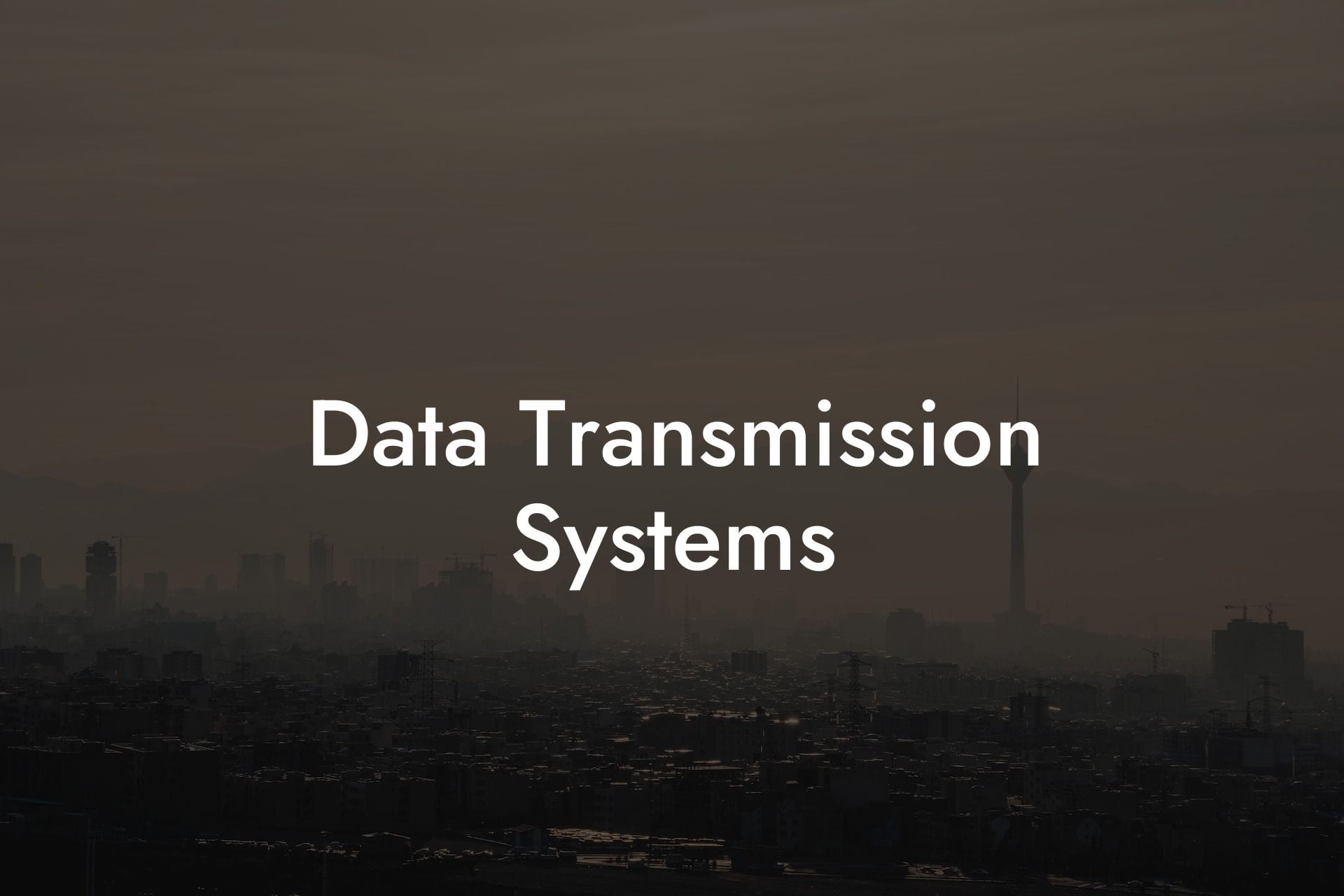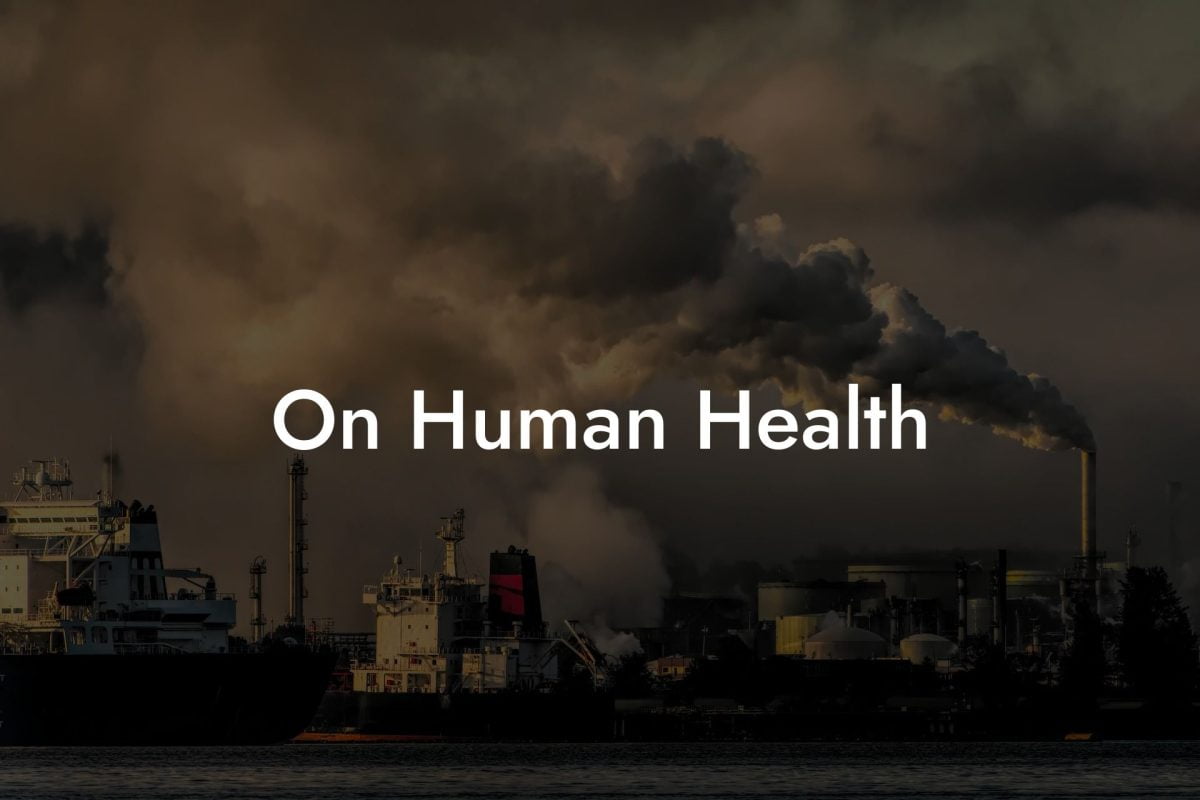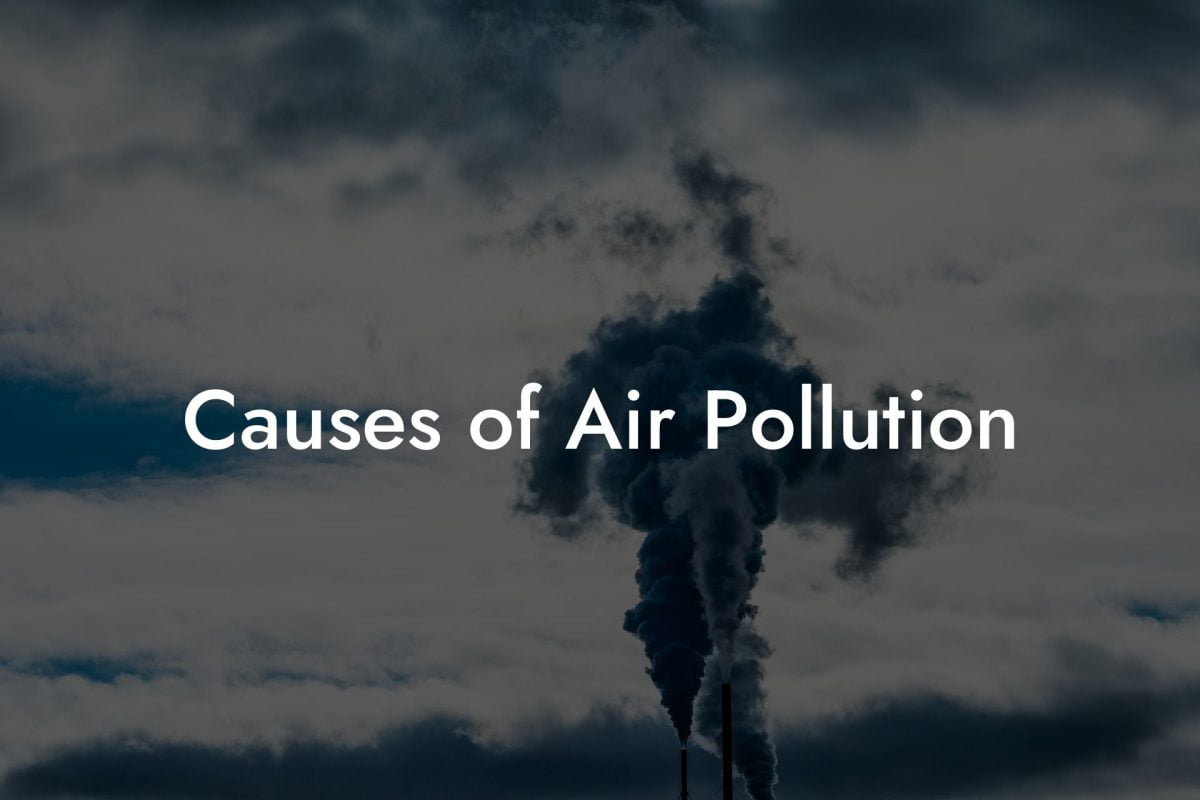Introduction to Data Transmission Systems
Data transmission systems are a cornerstone of modern air quality monitoring. They are responsible for the transfer of critical environmental data from various monitoring devices to central analysis systems, facilitating real-time analysis and responsive air quality management.
The Role of Data Transmission in Air Quality Monitoring
These systems ensure that the data collected by air quality sensors and meteorological instruments are accurately and promptly communicated to relevant stakeholders, including researchers, policymakers, and the public.
Types of Data Transmission Systems
Wired Transmission Systems
Wired systems, including telephone lines and Ethernet, provide a reliable and secure means of data transfer but can be limited by geographical constraints.
Wireless Transmission Systems
Wireless systems offer greater flexibility and are crucial in remote or mobile monitoring setups. They include cellular networks, radiofrequency (RF) transmissions, and satellite communications.
Key Components of Data Transmission Systems
Data Loggers
Data loggers collect and store data from monitoring instruments, preparing it for transmission.
Modems and Routers
These devices facilitate the connection between data loggers and the wider data transmission network, whether wired or wireless.
Data Management Software
Software systems receive, store, process, and display the transmitted data, often providing user-friendly interfaces for data analysis and visualization.
The Importance of Data Transmission in Air Quality Management
Real-Time Monitoring
Timely data transmission allows for real-time monitoring of air pollution levels, which is essential for immediate public health advisories and pollution control measures.
Long-Term Data Analysis
Consistent and reliable data transmission is crucial for long-term environmental research and policy-making.
Emergency Response
In cases of sudden pollution spikes, such as during industrial accidents or wildfires, rapid data transmission is key to an effective emergency response.
Challenges in Data Transmission
Data Security
Ensuring the security and integrity of transmitted environmental data is a primary concern, especially in wired systems.
Reliability and Continuity
Maintaining consistent data flow can be challenging due to hardware malfunctions, network disruptions, and environmental factors.
Scalability and Integration
As air quality monitoring networks expand, ensuring the scalability of data transmission systems and their integration with new technologies is vital.
Data Transmission in Air Quality Monitoring Networks in the UK
The UK’s Air Quality Network
The UK operates an extensive air quality monitoring network, utilizing advanced data transmission systems to provide accurate and timely air quality information.
Integration with European and Global Networks
UK's data transmission systems are often integrated with European and global environmental monitoring networks, contributing to comprehensive air pollution analysis.
UK Air Pollution: Your Destination for Air Quality Data
Comprehensive Air Pollution Database
UK Air Pollution offers a detailed database that encompasses air quality data from across the UK, gathered through sophisticated data transmission systems.
Why UK Air Pollution?
Our platform is ideal for anyone seeking comprehensive, reliable, and easily accessible information on air quality. We cater to researchers, environmental professionals, policymakers, and the public.
Enhancing Air Quality Projects and Research
Utilize UK Air Pollution for your air quality projects and research initiatives. Our extensive database, powered by advanced data transmission systems, provides the foundation for insightful environmental analysis and effective policy development.
Frequently Asked Questions
What is a Data Transmission System?
A Data Transmission System refers to the collection of technologies and processes used to transfer data from one point to another, whether it's within a computer, between computers, or over a network.
How Do Data Transmission Systems Work?
Data transmission systems work by converting data into signals that can be transmitted over a medium, such as a wire, fiber optic cable, or wirelessly through air or space, and then converting it back into data at the destination.
What Are the Key Components of a Data Transmission System?
Key components include the transmitter, transmission medium, receiver, and protocols that govern how data is formatted, sent, and received.
What is the Difference Between Analog and Digital Transmission?
Analog transmission sends data as continuous electrical signals, while digital transmission sends data in a binary format (bits of 1s and 0s), often resulting in more efficient and reliable data transfer.
What Are Transmission Protocols?
Transmission protocols are sets of rules that define how data is transmitted and received over a network. They ensure that data is transferred in a consistent and reliable manner.
How Important is Bandwidth in Data Transmission?
Bandwidth, the amount of data that can be transmitted over a connection in a given time, is crucial. Higher bandwidth allows more data to be transmitted, resulting in faster and more efficient data transfer.
What is Latency in Data Transmission?
Latency refers to the delay between the transmission and reception of data. Lower latency is desirable for faster, real-time communication and data transfer.
Can Data Transmission Occur Over Long Distances?
Yes, data can be transmitted over long distances using various technologies, including fiber optic cables, satellite communication, and wireless networks.
What Are Fiber Optic Cables in Data Transmission?
Fiber optic cables are cables containing strands of glass fibers that transmit data as pulses of light. They are known for their high bandwidth and low interference, making them ideal for long-distance data transmission.
How Do Wireless Data Transmission Systems Work?
Wireless data transmission systems use electromagnetic waves, such as radio frequencies, to transmit data without the need for physical connectors or cables.
What is the Role of Encryption in Data Transmission?
Encryption is used to secure data during transmission, protecting it from unauthorized access or interception by encoding the data into a format that can only be read with a decryption key.
What is a Data Transmission Rate?
A data transmission rate, or data rate, is the speed at which data is transmitted over a communication channel, typically measured in bits per second (bps).
How Does Network Congestion Affect Data Transmission?
Network congestion occurs when a network is overloaded with data, which can slow down data transmission rates and increase latency.
What is a Communication Protocol in Data Transmission?
A communication protocol is a set of rules and standards that devices follow to communicate with each other over a network, ensuring that data is transmitted in a consistent and compatible manner.
What Are the Challenges in Data Transmission?
Challenges include ensuring data security, managing bandwidth limitations, reducing latency, handling network congestion, and maintaining data integrity during transmission.
How Does Satellite Communication Transmit Data?
Satellite communication transmits data by sending radio waves to a satellite in orbit, which then relays these signals back to a receiver on Earth, allowing for long-distance, global data transmission.
What is the Significance of Data Transmission in the Internet of Things (IoT)?
In IoT, data transmission is significant as it allows various devices and sensors to communicate and share data, enabling automation and real-time analytics in various applications.
Can Data Transmission Systems Be Hacked? Yes, like any digital system, data transmission systems can be vulnerable to hacking and cyber attacks. This risk necessitates robust security protocols to protect data integrity and privacy.
What is Multiplexing in Data Transmission?
Multiplexing is a technique used in data transmission where multiple signals or data streams are combined into one signal over a shared medium, increasing the efficiency of data transmission.
How Do Data Transmission Systems Impact Business Operations?
Data transmission systems are crucial for business operations as they enable efficient communication, data exchange, and connectivity across various departments and locations.
What is the Future of Data Transmission Technology?
The future points towards faster, more secure, and efficient data transmission technologies, with advancements like 5G networks, quantum encryption, and increased use of fiber optics.
How Do Data Transmission Systems Support Cloud Computing?
Data transmission systems are fundamental to cloud computing, as they enable the transfer of data to and from cloud servers, facilitating remote data storage, processing, and access.
What Are the Environmental Considerations in Data Transmission?
Environmental considerations include the energy consumption of data centers and networks, as well as the impact of manufacturing and disposing of hardware used in data transmission systems.
Can Data Transmission Occur Underwater?
Yes, underwater data transmission can occur using technologies like underwater acoustic modems, which are crucial for applications like oceanographic data collection and remote monitoring of submerged equipment.
What Are VPNs in Data Transmission?
Virtual Private Networks (VPNs) create secure connections over public networks, enabling private and secure data transmission by encrypting data and masking IP addresses.
How is Data Transmission Managed in Large Networks?
In large networks, data transmission is managed through network management systems, routers, and switches that direct data traffic efficiently to avoid congestion and ensure reliable delivery.
What Role Do Routers Play in Data Transmission?
Routers play a crucial role by directing data packets across networks, determining the best path for data to travel from its source to its destination.














